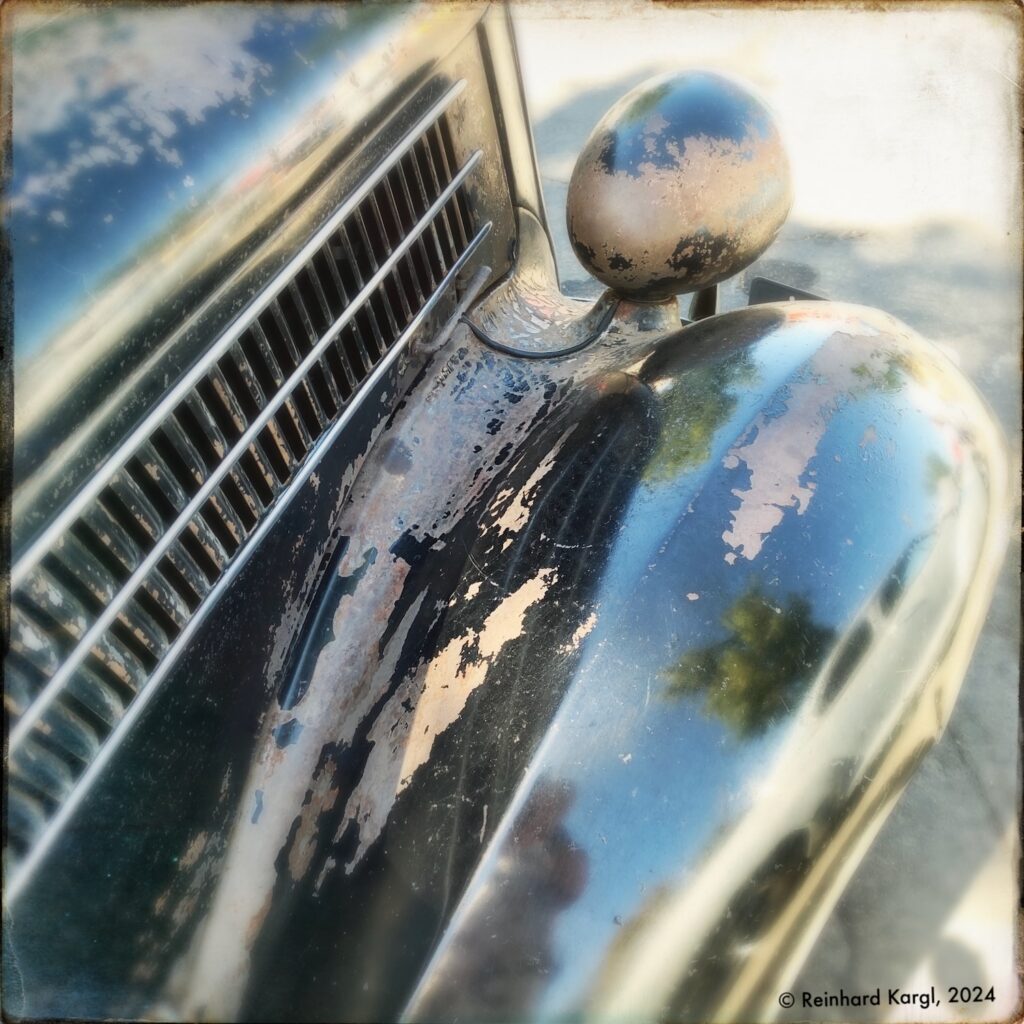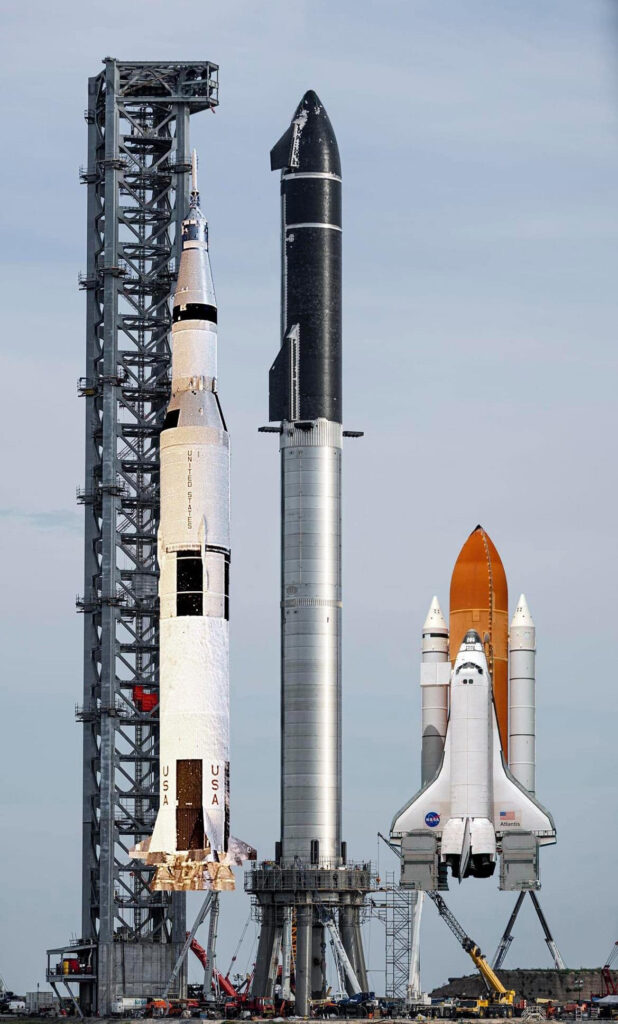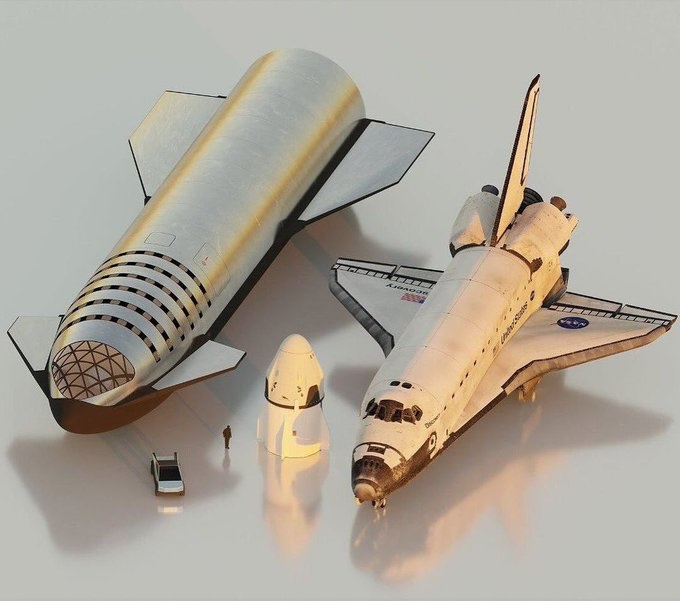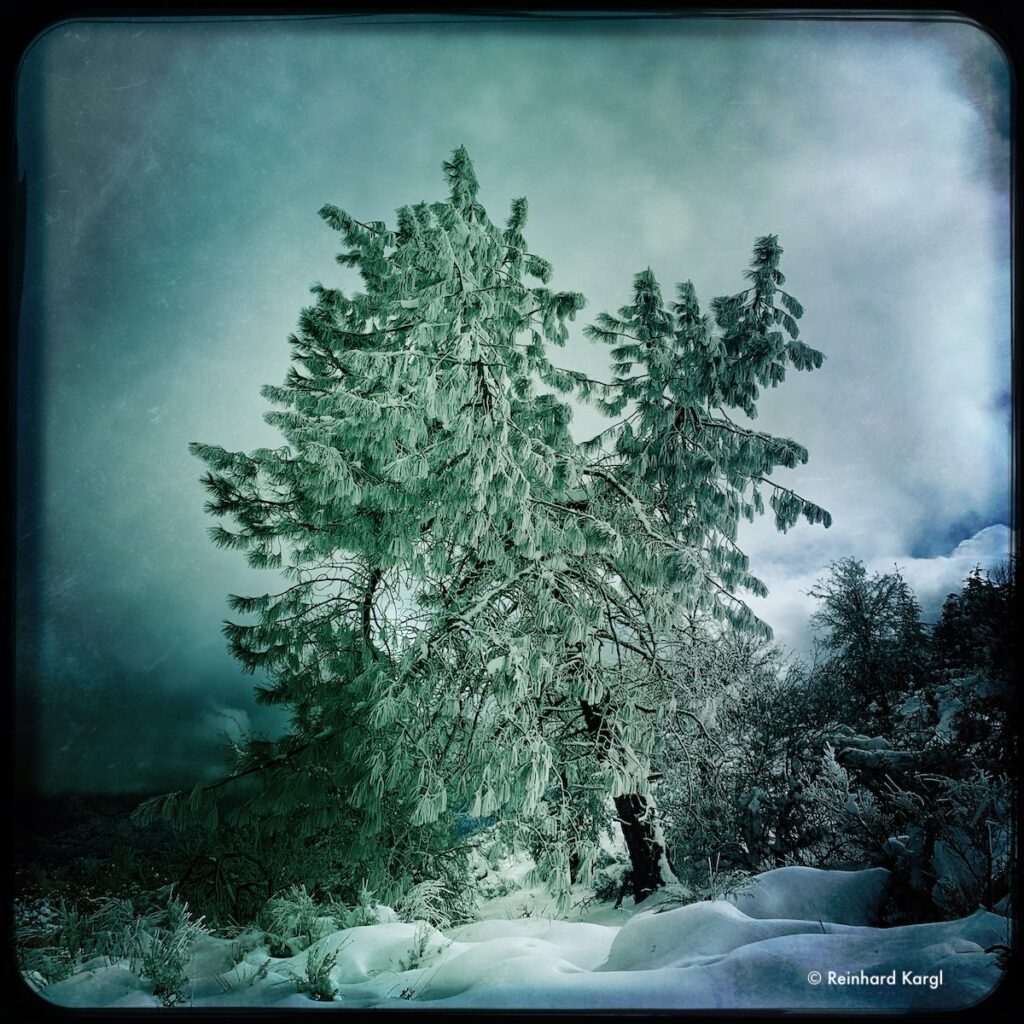
Author Archives: Reinhard Kargl
In Memory Of Shihan Yutaka Yaguchi (November 14, 1932 – October 26, 2023)

“I am not sure if I can ever master the five principles of the ‘dojo kun’, but I try each day. Some people believe that ‘budo’ requires a willingness to die for your country or another person, but I don’t believe it has to do with death or how you die. It is more like a way of life that incorporates how you will die. I think someone who declares “I would die for my country or organization” is more into the entertainment, the drama.
But the purpose of ‘budo’ is about how you can help others, how you contribute to others. Budo is equal to helping someone. You can’t help people if you die. If you write ‘budo’ in the Japanese way, ‘bu’ can be interpreted as stop the spear or stop the halberd, and ‘do’ is, of course, the way. I interpret it to mean stopping someone’s negative emotions, such as fear, anger, upset, frustration. You try to stop harm coming to another human being.”
From: “Mind And Body – Like Bullet, Memoirs Of A Life In The Martial Arts”, by Yutaka Yaguchi & Catherine Pinch, © 2008
Forward!
Size Comparison

R.I.P. Paul Harrell (1966–2024)
This morning I learned with great sadness that YouTube personality and firearms expert Paul Harrell died yesterday, September 3, in Oregon. He was 58 old.
Earlier, on December 20, 2023, Paul Harrell recorded a video to be released after his death. In it, he said good-bye to his audience, apologized for not being able to continue, and encouraged the public to keep following his brother and his team as they were continuing the work, with Mr. Harrell’s blessings. The video will have been watched 2.5 million times within the first 24 hours of its release.
Paul Harrell served in both the U.S. Army and U.S. Marine Corps. Having lived a mostly quiet and private life after his long military career, little is publicly known about his personal affairs after leaving the military – except for one incident in 2006.
In 2006, according to court records and newspaper reports, Mr. Harris was involved in a fatal self-defense shooting. According to Lewiston Tribune quoting the Wallowa County Sheriff’s Office on Nov. 26, 2006, “Benjamin Paul Harrell, 40, of Yakima, was charged with murder and is in the Umatilla County Jail”.
The case was investigated by the Wallowa County Sheriff’s Office, the Oregon State Major Crimes Team, Walla Walla Police Department and Walla Walla County Coroner’s Office.
According to the Wallowa County Chieftain (Nov. 29, 2006), Mr. Harrel was arraigned on charges of manslaughter, two counts of first-degree assault, menacing, and first-degree criminal mischief. Presiding over the arraignment, Wallowa County Judge Phillip Mendiguren set bail at $250,000. Mr. Harrell was later exonerated and freed by a grand jury, and the shooting was ruled to have occurred in self-defense.
Some sources say Mr. Harris worked as a dental hygienist for some time, and he himself spoke of a past, messy relationship with a woman whom he deemed mentally ill and vindictive, and from who he had separated many years ago.
But Mr. Harris found fame as a YouTube personality. His public persona was characterized by his always calm and rational demeanor, and his displays of both confidence and humility. His presentations were spiced up with dry humor and the occasional sarcastic, self-deprecating remarks. One of his famous closing lines was, “Don’t try this at home. I am what you might call a professional.”
His successful YouTube Channel was launched in 2012. (There was an earlier, little known channel which only had a handful of views). By 2023, the Paul Harrell Channel passed the 1 million follower-mark on YouTube. At the time of this writing, the channel has 1.15 million subscribers and 455 videos, some of which have been watched between two and more than four million times.
In July 2023, Mr. Harrell matter-of-factly announced that he had been diagnosed with Stage 2 pancreatic cancer. According to his videos, he was initially hopeful that the disease had been caught early enough. Although the odd of recovering from pancreatic cancer are very low, Mr. Harrell remained optimistic about continuing his work. He requested his audience not to give no medical advice in their comments, not to pity him, and not to dwell on the situation. He continued to release well produced videos, but with less frequency.
By January 2024, Paul Harrell had turned control of his channel over to his brother, Roy Harrell. In the following months, the two brothers often appeared in videos together, the last of which seems to have been recorded in or around July of 2024.
In his field, Paul Harrell was a recognized expert and a committed American patriot dedicated to the causes of American liberty, personal freedom and independence, personal responsibility, and minimal government interference.
Ever private about his personal affairs, there have been no publicly released details about Paul Harrell’s medical treatment, the circumstances of his death, funeral arrangements, and his final resting place.
Don’t Believe It When You See It
Much of the public debate about AI has focused on the often bizarre errors and biases in AI-compiled facts and figures. But there is another, perhaps more sinister danger: we are now entering a new era in which photographic evidence can no longer be trusted.
Here is an example:

Of course, the “1963 Mercedes 600 Pullman” never existed. Obvious mistakes (such as the nonsensical air vent and the missing hinge gap on the door’s lower section) make it easy to tell that this is just a rendering. And yet, most social media commenters were tricked into believing that this was a classic vehicle.
Given the rapid pace of development, obvious mistakes in AI-generated photographs will soon disappear. Soon it will be impossible to tell that a photograph or video was made up in a computer.
People have been conditioned to believe what they “see with their own eyes”. It is time to stop doing that.
Breathe!
Glory Days
Beware Of Bank Mergers And Acquisitions
When banks and brokerages eat each other, it’s always a scourge for their customers. In every instance, financial institutions promise a seamless transition, but I have never found this to be the case.
When one financial institution is acquired by another, missing payments and deposits, late fees, service outages, messed up data, lost transactions and exorbitant wait times for customer service are the norm, not the exception. Although most of these problems will be fixed (eventually), you’ll be spending your unpaid time with their overwhelmed customer service reps (mostly on hold) to get things straightened out.
Possibly even worse, the transition process involves third parties handling your most sensitive customer data. This creates the possibility for data leaks, and an opportunity for cybercriminals and corrupt operators.
Take my advice: As soon as you find out that your bank or brokerage is being acquired, look for a new bank or brokerage. Take this as an opportunity to shop around for the best conditions and services. While evaluating new financial institutions to take your business to, make sure to investigate not only their services and fees, but also their corporate political, social and ideological engagements. (A surprising number will sponsor and support causes you dislike or judge to be unworthy of your support).
Once you find what you are looking for, open a new account and transfer your funds and securities. Then, download all records, double check to make sure you have everything. Finally, shut down the old account before any of these dreadful automated transitions disrupts and violates your life.
If you want a trial period, you might even open up several new accounts, see which ones you like best, and then shut down those which suit you the least.
Be proactive, and you will save yourself a lot of aggravation and time, and possibly get a better deal.






